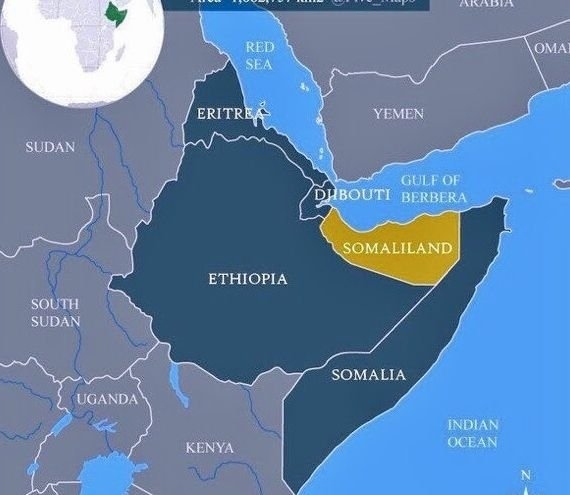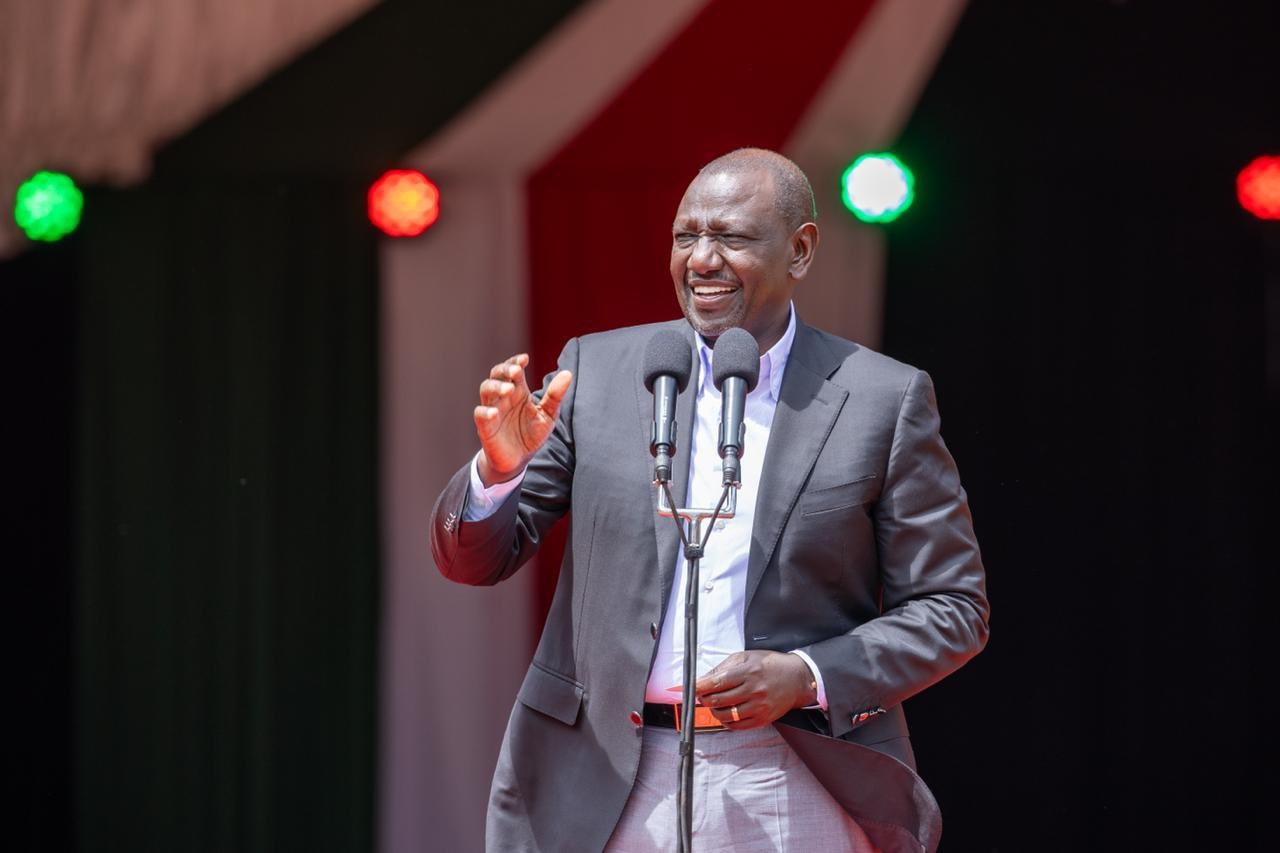
 Government Spokesman Isaac Mwaura speaking in Mombasa on June 9, 2025 / HANDOUT
Government Spokesman Isaac Mwaura speaking in Mombasa on June 9, 2025 / HANDOUTThe government is on track with the implementation of the recommendations made by the Presidential Working Party on Education Reforms (PWPER) report on the Competency-Based Curriculum, Government Spokesman Isaac Mwaura has said.
PWPER launched and presented the report to President William Ruto on August 1, 2023.
PWPER recommended that the Competency-Based Curriculum be implemented with modifications, stating that the curriculum should be reviewed to reduce the workload on pupils.
President Ruto appointed the team through Gazette Notice No. 11920 of 30 September 2022.
Speaking on Monday in Mombasa during a tour, Mwaura confirmed that several reforms have already been achieved.
He said PWPER had recommended the rationalisation of learning areas and curriculum designs in terms of subject integration, gaps, content overload, and overlaps in basic education.
Some of the reforms achieved include the retention of five learning areas at Pre-Primary level (PP1–PP2), a reduction in Lower Primary (Grades 2–3) learning areas from nine to seven, and in Upper Primary (Grades 4–6) from ten to eight.
Further, learning areas in Junior School (Grades 7–9) were reduced from fourteen to nine, while rationalisation in Senior School (Grades 10–12) is ongoing.
Mwaura said additional reforms are being implemented in infrastructure development, with the government constructing classrooms to accommodate increasing student numbers through the 100 per cent transition programme.
He also noted efforts to connect schools to electricity and the internet through the Last Mile Connectivity programmes, alongside the recruitment of teachers to meet the recommended teacher-to-pupil ratio.
Mwaura said enrolment in tertiary education institutions has increased over the years, rising from 361,379 students in universities in 2013 to 620,480 in 2022.
“In TVET institutions, enrolment grew from 60,667 trainees in 2018 to 327,778 in 2022,” he said.
“In 2017, the government adopted the Differential Unit Cost (DUC) model for university funding, whereby it was expected to provide 80 per cent of the DUC per student, with the remaining 20 per cent to be covered through Higher Education Loans Board (HELB) loans based on need and household contributions. However, this was not realised due to low government revenues.”
The Spokesman said this led to funding challenges in universities, resulting in the accumulation of significant debts, including unpaid salaries, unremitted statutory deductions, bank and SACCO loans, and unpaid suppliers.
By June 2023, public universities were indebted to the tune of Sh61 billion.
“These funding challenges posed existential threats to tertiary education institutions, prompting President Ruto to introduce a new funding model through PWPER, which reviewed and recommended a governance and financing model for TVET training and development, university education, research, and training.”
He said this review process led to the development of a new funding model, which was unveiled by the President on May 3, 2023 and implemented for the 2022 KCSE cohort, with continuing students remaining under the previous model.
The Spokesman explained that the new model is based on the actual cost per programme and is student-centred, with funding awarded according to the level of need.
This contrasts with the DUC model, under which universities received uniform grants based on programme DUCs.
The model combines a scholarship, a loan, and a household contribution determined through means testing, and classifies students into four categories: vulnerable, extremely needy, needy, and less needy, depending on household income.
Mwaura said the advantages of the new funding model include promoting equity, as funding—whether in the form of scholarships, loans, or bursaries—is based on need.
It also enhances inclusivity, improves cash flow to universities and TVET institutions, and eliminates the risk of underfunding.
Moreover, it incentivises universities to innovate and generate additional resources to improve the quality of education.















